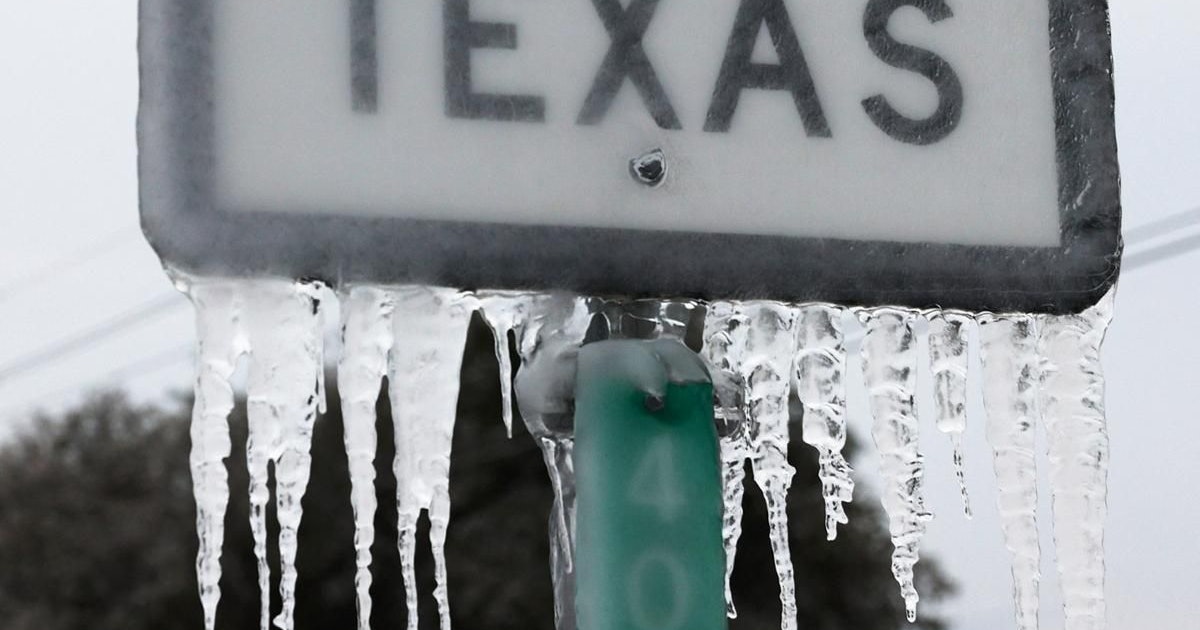Lexington – Scientists have discovered a link between climate change and the emergence of severe winters in North America. Accordingly, smaller ice cover in the polar sea and greater snow cover in Siberia lead to weaker polar vortices over North America. Typically a wind zone separates these cold and warm air masses from each other. If weakened, the polar air currents can penetrate the deep south in the mid-latitudes. Judah Cohen team from the Institute for Atmospheric and Environmental Research in Lexington (Massachusetts, USA) Describes the process in Science Using the example of extreme cold in the United States in February.
Five repeating patterns
“For man-made global warming, it is expected to intensify some extreme weather events – eg more heat waves and heavy precipitation – but not violent winter weather such as cold air flows and heavy snowfall,” the researchers wrote. So it is not yet clear whether the extreme cold snap in February, which caused a collapse in energy supplies in the southern US state of Texas, is linked to climate change. At least 217 people died in the cold snap.
Cohen and colleagues recorded the frequency of various high and low pressure patterns from 1980 to February 2021. Air pressure data came from the two lower layers of the atmosphere: the troposphere and the stratosphere. The researchers identified five basic recurring patterns, two of which are associated with a particular strength and two with a particularly weak polar vortex.
Phases of particularly strong polar eddies have become increasingly rare over the past four decades or more, while phases of weaker polar eddies have increased. In particular, the researchers examined a pattern in which the polar vortex is like a rubber band being pulled from the sides. It happened in the two weeks before the massive cold snap in North America.
Longer warning time
Using climate models, scientists explored the conditions for the development of this phenomenon. If they identified low sea ice cover in the polar seas of northern Siberia and heavy snow cover in Siberia, after one to two months, the simulations showed an elongated and weaker polar vortex allowing cold air to flow from north to south in North America. “Identifying the initial pattern of expansion events could extend the lead time of severe cold warnings in Asia, Canada and the United States,” the researchers wrote.
“It combines careful observational analysis with novel modeling experiments,” wrote Diem Cuomo of Vrije Universiteit Amsterdam in a scientific commentary. “Causal links between distant weather processes – here between Siberia and North America – have to be deciphered intensely for latitude regions.” Central.

“Award-winning music trailblazer. Gamer. Lifelong alcohol enthusiast. Thinker. Passionate analyst.”







More Stories
Former tennis star: Wimbledon 2025 goal – Boris Becker is no longer insolvent – Entertainment
Harry's plan to crown Charles sends a clear message, Insider reveals
'The Last of Us' series is already celebrated – is it better than 'The Walking Dead'?